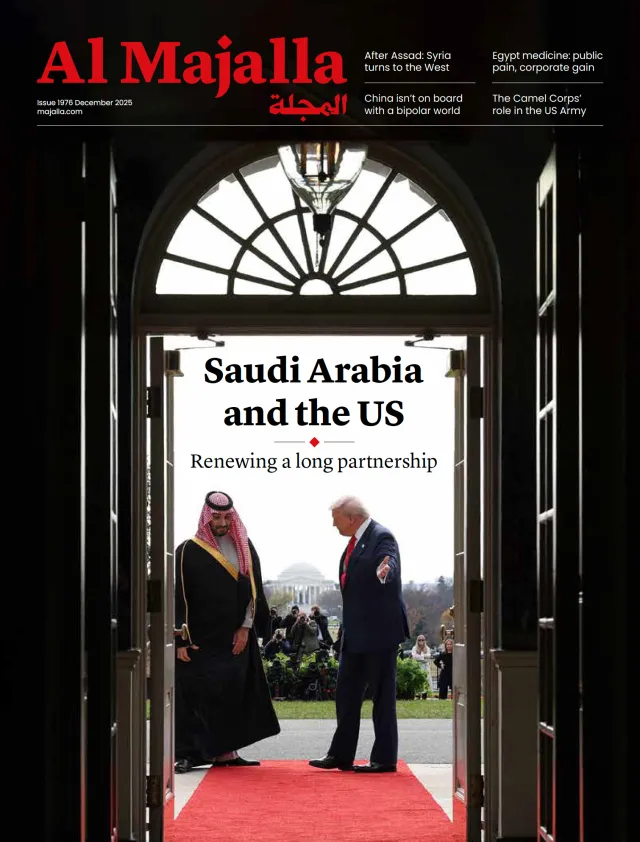When Israel first attacked Israel on 13 June—targeting its nuclear facilities and assassinating its nuclear scientists as well as senior commanders in the Revolutionary Guard—oil prices surged and reached their peak at 13%. However, these prices later stabilised at around +8.7%, eight days into the war, which saw tit-for-tat military exchanges that are still ongoing.
But with the US officially joining Israel in its war on Iran with its direct military strikes on Iranian nuclear sites—and the world closely watching how Tehran will respond—things could play out much differently.
What happens in the Strait of Hormuz—where nearly 21 million barrels of the world’s daily oil consumption and 20% of global liquefied natural gas (LNG) pass through—will be key. A prolonged war of attrition could lead to oil prices rising to between $120 and $150 per barrel. However, if the strait is closed and oil installations across Gulf nations are targeted—a worst-case scenario—this could drive oil prices to $200 per barrel, even if only temporarily. This could lead to a staggering rise in global inflation, chaos in financial markets and stock prices, and key oil-importers like Europe and China stand to lose big.
Whether or not Iran will close the strait remains to be seen. And even if it tries, it is no easy feat, as its narrowest point spans 20 nautical miles—a vast area that is hard to seal off completely. But since October 2023, the Houthis in Yemen have relatively succeeded at blocking maritime traffic in the Red Sea and its vicinity, which means Iran—with its superior military and technological capabilities—could pose a serious threat to obstructing shipping in the Strait of Hormuz.




